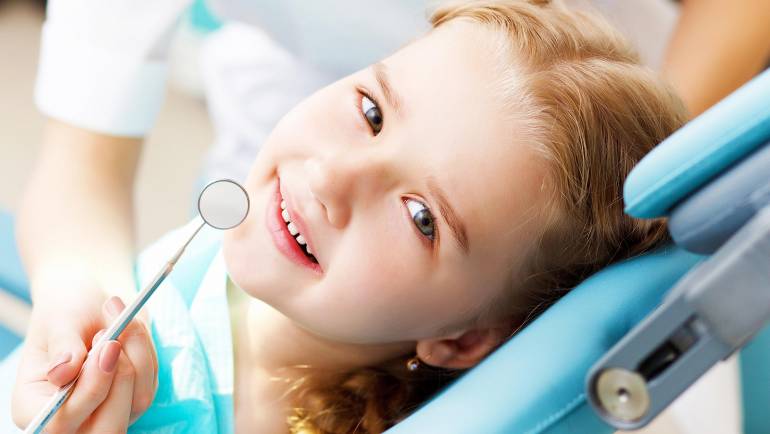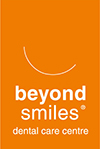 December 12, 2016
December 12, 2016
BEYOND SMILES INRTODUCES SLEEP MEDICINE
Obstructive Sleep Apnea
Obstructive sleep apnea (OSA) is the most common type of apnea. An OSA episode occurs when the tongue relaxes and narrows or even closes off the airway during sleep, causing apause in breathing. When the brain detects a lack of oxygen in the blood, it sends your body a signal to wake up enough to breathe. This is usually witnessed as a gasp or a snort. OSA episodes are often part of a cycle that can occur hundreds of times a night, and can last from several seconds to longer than a minute.
The chief OSA symptoms include:
-
Excessive day time sleepiness
-
Loud snoring
-
Decreased memory
-
Depression
-
Morning headaches
-
Falling asleep in a non-stimulating environment like reading in a quiet room
-
Falling asleep in stimulating environments like business meetings, watching movies.
Treatment options for obstructive sleep apnea include:
-
Oral appliances
-
Lifestyle changes
-
Surgery
-
CPAP
Oral appliance therapy
Worn while sleeping, an oral appliance holds the lower jaw (the mandible) forward to keep the tongue from falling back and obstructing the airway. The fancy term for these kinds of oral appliances is mandibular advancement devices.
- Oral appliances are indicated for patients with mild to moderate OSA who:
- Prefer oral appliances over CPAP.
- Cannot tolerate CPAP.
- Are unable to use surgery or lifestyle changes to control their apnea.
Oral appliance therapy is also recommended for severe OSA patients if they cannot tolerate CPAP. In addition to stand only use, oral appliances can also be used as an adjunctive therapy to CPAP while traveling. Oral appliances are comfortable and easy to wear. Oral appliances are easy to carry and don’t require electricity. In some cases an oralappliance may even be used in conjunction with CPAP to help a patient reduce necessary CPAP pressures, eliminate head gear or reduce mouth leaks.
The treatment objectives for oral appliance therapy are the same as with CPAP; reduce or eliminate snoring, reduce the number of apneas and hypopneas during sleep, normalize the blood oxygen levels that drop during OSA episodes and improve the clinical signs and symptoms of OSA. Just like with CPAP, to determine the most effective setting for the oral appliance your doctor may have you return to the sleep lab to adjust the appliance during a sleep study. This will ensure that your oral appliance therapy is helping as much as possible. Dentists trained in dental sleep medicine make sure that you are able to use an oral appliance, help you select an appropriate oral appliance, and then fabricate, fit and adjust it to help you breathe well during your sleep. The trained dentist will also follow up with you to ensure long term success and minimize side effects.
Lifestyle changes
Conservative therapies include weight loss, quitting smoking, reducing alcohol intake and positional therapy.
- Weight loss can decrease the pressure of the neck on the airway.
- Smoking causes inflammation of the throat. Quitting smoking can cause healing of the airway tissues.
- Alcohol consumption causes your muscles to relax more deeply, causing the airway to collapse.
- Positional therapy means sleeping on your side, as opposed to on your back. This may keep the jaw and tongue in a position that will not obstruct the airway.
CPAP
CPAP ( Continuous Positive Airway Pressure ) is considered the gold standard for OSA treatment. CPAP is comprised of a mask that delivers air to the nose or mouth during sleep. It is highly effective for most people, but some patients have a difficult time tolerating the the rapy. CPAP intolerance maybe attributed to comfort issues, mask leak, claustrophobia or embarrassment.
Surgery
Many surgeries are used for OSA. These include a wedge-shaped tongue reduction, tonsillectomy, or uvula removal. In the Pillar Procedure, small metal rods are implanted into the soft palate above the throat. The scar tissue that forms around these pillars may harden the tissues, decreasing the likelihood of collapse. Uvulopalatopharyngoplasty (UPPP) involves trimming the soft palate. Laser-Assisted Uvulo Plasty (LAUP) involves scarring cuts to tighten the soft palate and trimming the uvula over several appointments. Maxillo Mandibular Advancement (MMA) requires breaking the jaw and moving it forward. Nasal surgeries include septoplasty to straighten a deviated septum. The most extreme surgery option for severe OSA may be a tracheotomy, in which an opening in the windpipe is created to bypass the entire upper airway.

0 Comments
No comments. Leave first!